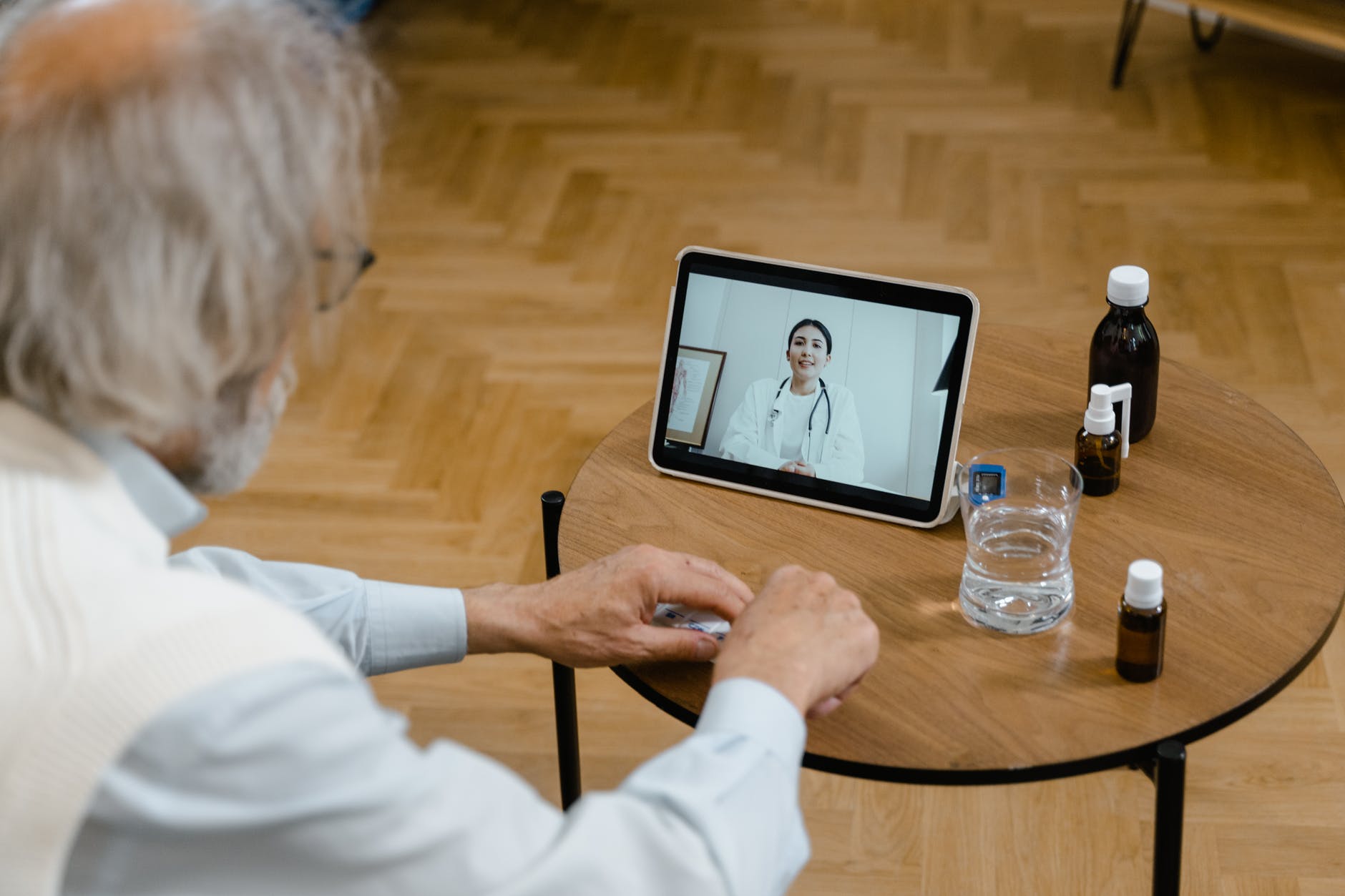The Healthcare Industry is progressively changing with technological advancements. A paradigm shift in healthcare facilities has been observed over a few years. Not to blame, the pandemic situation has made it possible to access everything from home.
Telemedicine is the fruit of both technology and COVID-19. But did you know there are quite a few types of telemedicine consultation that you should be aware of to take full benefit? Read on to know all.
What is Telemedicine?
If you Google the term “Telemedicine,” the first definition that flashes on your web page would be; “exchange of medical information from one location to another using electronic communication.”
For mere understanding, this definition is good enough. However, the implication is only possible when you dwell further to understand the ideology behind this brilliant advancement in the Healthcare Sector.
When it comes to stating facts, Telemedicine has existed for over 40 years now! Yet, little did all of us know before the outbreak of the Pandemic in 2019.
Telemedicine is also known as “Telehealth,” is a mode of consultation doctors give to patients in areas inaccessible to physical diagnosis. It has developed into a complex integrated service, now being used in hospitals, private physician offices, other healthcare facilities, and even homes.
Does it click you now? If yes, read further to find out its common types.
Types of Telemedicine Consultations and How Can You Differentiate Between Them?
Types of telemedicine consultations can be precisely divided into 3:
- Store-and-Forward
Also known as Asynchronous Telemedicine, store-and-forward gives patients access to a healthcare team that comprises providers in different locations, at longer distances, and even in different time zones. This method is cost-effective and convenient for both the patient and physician.
At their ease, the whole panel of physicians can work on the same case and give their expert opinion and diagnosis, giving the patient the best possible consultation they need.
- Remote Patient Monitoring
More commonly called “telemonitoring,” remote patient monitoring helps a physician record a patient’s vital signs and other activities from a distance.
This method is typically used to monitor patients’ health progress with chronic diseases such as; Chronic Heart Disease, Diabetes Mellitus, Lung Cirrhosis, or even an emergency patient post-discharge.
- Live Session with your Healthcare Provider
Real-time (Live session) telemedicine has become increasingly popular amid COVID-19. To avoid physical contact, physicians conduct their appointment over a video chat. This method is popular for urgent care, quick follow-ups, and the management of pharmaceutical needs and chronic illness.
Pros Vs. Cons
Telemedicine has distinct advantages in most cases, such as access to quality medical facilities and the possibility of treatment in remote areas. However, it does come with a few downsides!
Here’s a brief insight into the top Pros and Cons of Telemedicine.
PROS
- Quality care, accessible to all!
Telemedicine has smashed all the geographical and technological barriers in providing medical facilities to everyone around the globe. Whether it is basic healthcare in a third-world country or chronic disease monitoring of the elderly, your doctor has got you covered.
- The complete panel of healthcare providers is approachable at a time.
You can easily get all your medical needs catered at once, from primary consultation to a complete medication plan. Also, for doctors, communication within a hospital system among healthcare providers is more efficient through Telemedicine.
- Patients are more updated and engaged.
Patients today are more connected with their doctors, and as a result, are more empowered to take care of their medical needs.
CONS
- Lack of Technical Training and Equipment
Telemedicine can get challenging for some users who are not familiar with the system. However, hospitals like Hillsboro Urgent Care have a simpler system for their patients, where they can reach out to the healthcare provider through their contact number directly by calling at (954) 869-9856.
- Telemedicine Models, Break Care Continuity
Various hospital setups have devised a telemedicine system for their patients, where a patient in need can simply log in to their account and request a medical facility and get the desired treatment.
However, the continuity of care breaks within this system when the same patient is referred to another doctor in his second appointment. In such cases, hospital telemedicine systems must provide tools to healthcare providers to easily connect with their own patients.
Another approach can be lodging patient details on the website portals and maintaining their medical record online. Hillsboro Urgent Care maintains a comprehensive medical record of each patient on their patient Portal, making follow-up and appointments easier for patients and doctors.
Final Thoughts
It’s most likely to say that Telemedicine will soon take over the healthcare industry with lighting speed. However, the Healthcare System should develop solutions to combat technical barriers for its better use to keep up with technological advancement!



